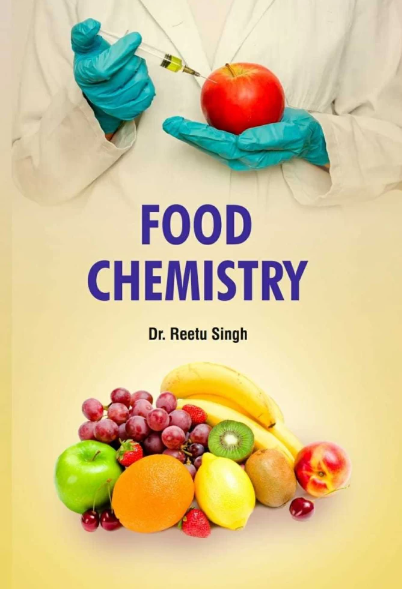金丝桃和金丝桃的植物化学多样性和生物活性:天然产品食品应用的潜力
IF 8.5
1区 农林科学
Q1 CHEMISTRY, APPLIED
引用次数: 0
摘要
本研究表征了金丝桃属的两个物种,以设想它们作为有效和多功能功能性食品,膳食补充剂和食品防腐剂的适用性。两种提取物中均含有广泛的酚类成分,主要为黄酮类化合物,而桑葚中则含有山酮类化合物。此外,花青素首次在该植物中得到分析。氧化溶血抑制试验(OxHLIA)突出了日本血吸虫的抗氧化能力,其中日本血吸虫比抗氧化剂Trolox(16.3 <; 21.8 μg/mL)更有效(EC50更低)。在硫代巴比妥酸活性物质(TBARS)法中,与Trolox (EC50 = 5.8 μg/mL)相比,山参提取物对脂质过氧化的抑制作用(EC50 = 17.05 μg/mL)。抑菌活性最低抑制浓度(MIC)为0.007 mg/mL,低于对照。这些结果表明了这两种提取物的生物活性潜力,以及评价药用植物食品相关生物活性成分及其生物活性机制的重要性。本文章由计算机程序翻译,如有差异,请以英文原文为准。


Phytochemical diversity and biological activities of Hypericum japonicum and Hypericum sampsonii: potential for natural product-based food applications
This study characterizes two species of the genus Hypericum to envisage their applicability as effective and versatile functional foods, dietary supplements, and food preservatives. A wide phenolic composition was found in both extracts, highlighting flanovoids for H. japonicum and xanthones for H. sampsonii. Moreover, anthocyanins were analyzed for the first time in the latter plant. Antioxidant capacity was highlighted by oxidative hemolysis inhibition assay (OxHLIA), where H. japonicum was more effective (lower EC50) than antioxidant Trolox (16.3 < 21.8 μg/mL). H. sampsonii extract inhibited lipid peroxidation in the thiobarbituric acid reactive substances (TBARS) method (EC50 = 17.05 μg/mL) compared to Trolox (EC50 = 5.8 μg/mL). H. japonicum antibacterial activity showed a minimum inhibitory concentration (MIC) of 0.007 mg/mL, even lower than the control. These results indicate the bioactive potential of both extracts, as well as the importance of evaluating the food-related bioactive components of medicinal plants and the mechanisms involved in their bioactivities.
求助全文
通过发布文献求助,成功后即可免费获取论文全文。
去求助
来源期刊

Food Chemistry
工程技术-食品科技
CiteScore
16.30
自引率
10.20%
发文量
3130
审稿时长
122 days
期刊介绍:
Food Chemistry publishes original research papers dealing with the advancement of the chemistry and biochemistry of foods or the analytical methods/ approach used. All papers should focus on the novelty of the research carried out.
 求助内容:
求助内容: 应助结果提醒方式:
应助结果提醒方式:


